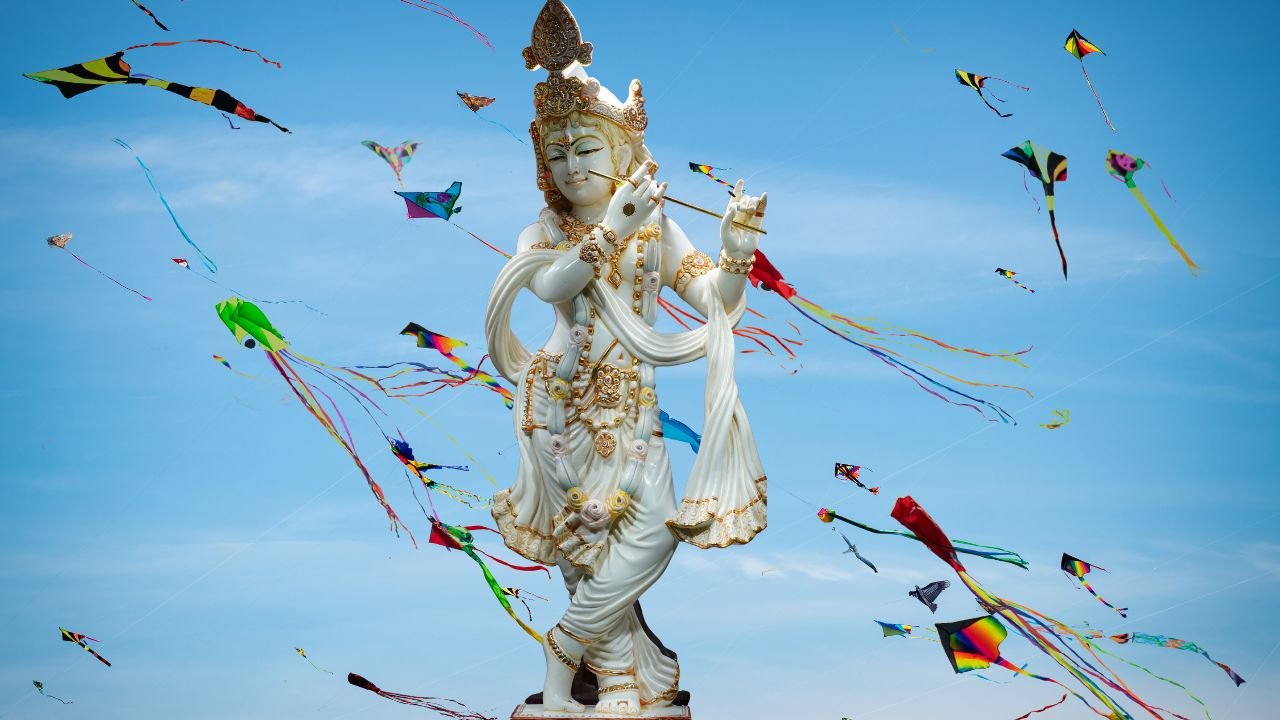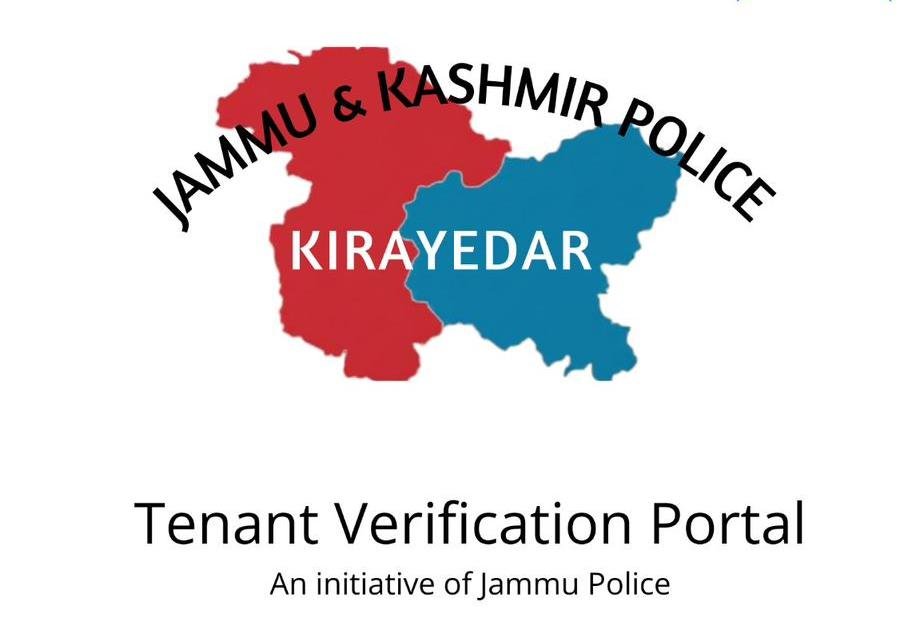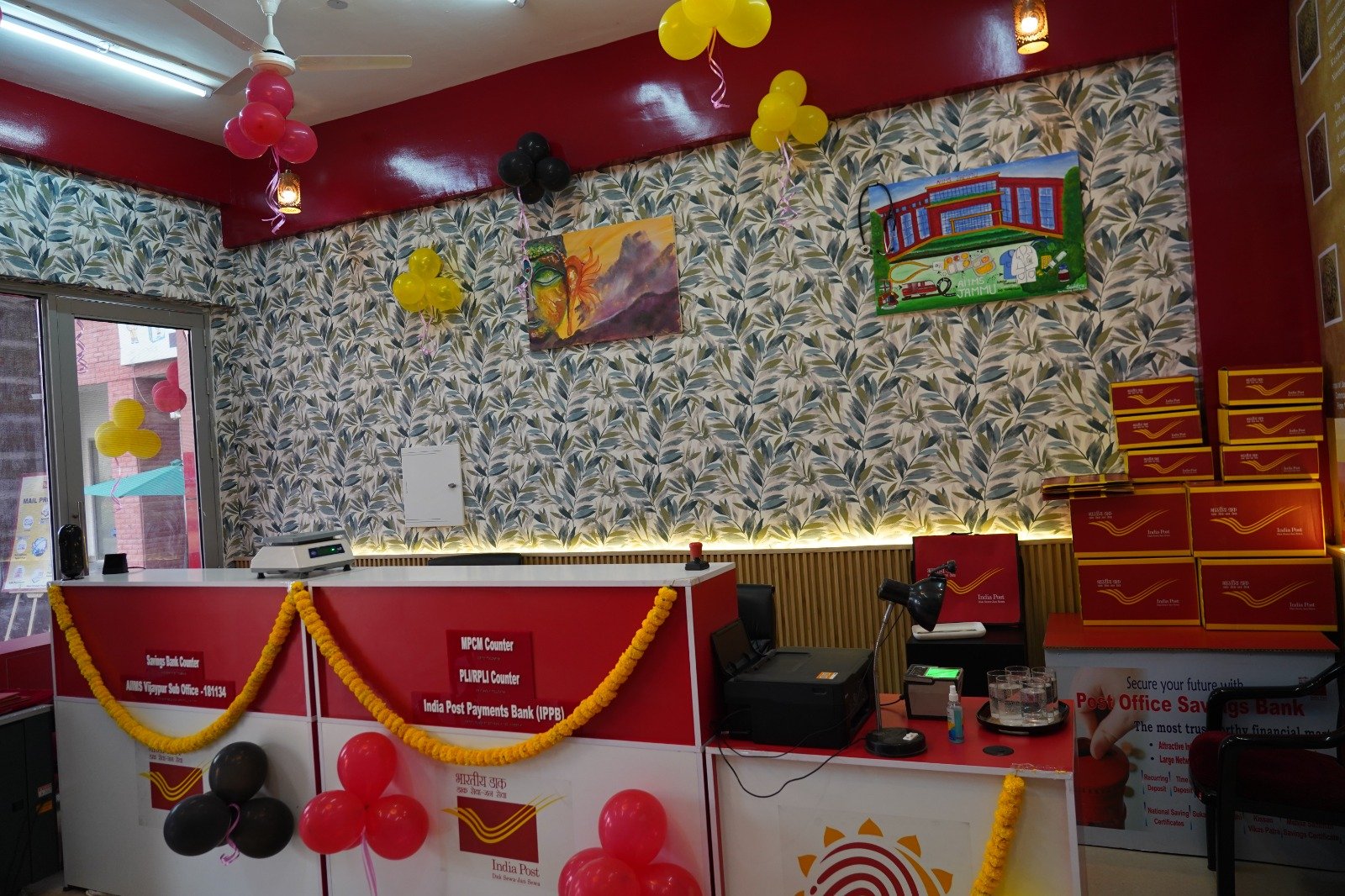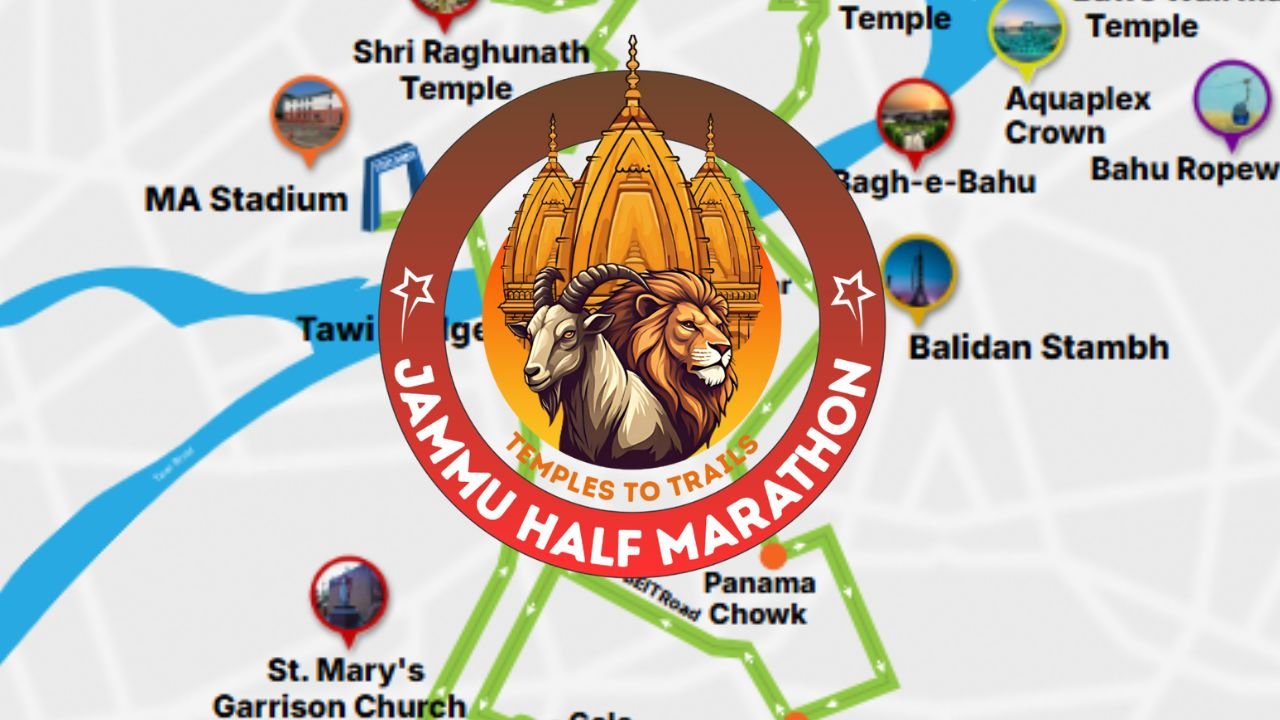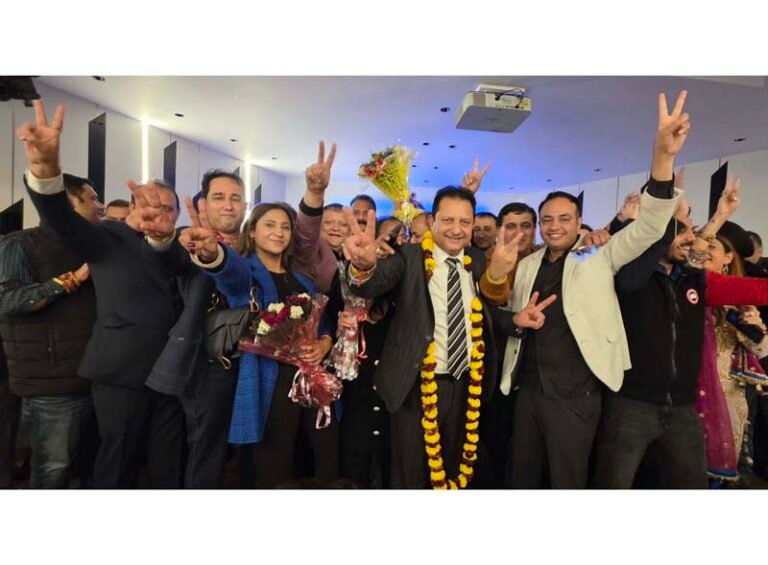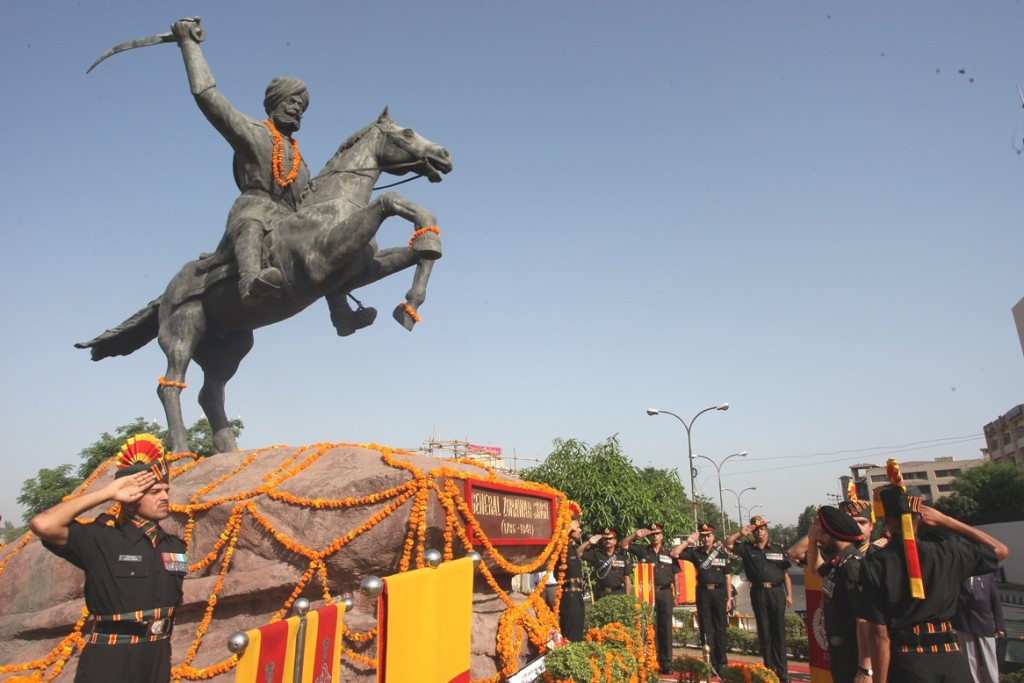Krishna Janmashtami, also known locally as Thakarein or Thougrein Da Vart, is one of the most cherished festivals in the Duggar region and across India. Celebrated with immense enthusiasm, this sacred occasion marks the birth of Lord Krishna, the eighth incarnation of Lord Vishnu, who was born to Devaki and Vasudeva in Mathura during the Dwapara Yuga. Every year, this vibrant festival falls on the Ashtami (eighth day) of the Krishna Paksha in the month of Bhadrapada.
Janmashtami symbolizes the eternal victory of good over evil. Lord Krishna’s birth in the prison of Mathura, under the cruel reign of his uncle King Kansa, and his miraculous survival and transfer to Gokul reflect divine intervention to restore dharma (righteousness). His teachings in the Bhagavad Gita emphasize selfless action, devotion, and the eternal truth that the soul is beyond the body.
Rituals and Traditions of Janmashtami Across Jammu Region
Devotees across Duggar and India celebrate this auspicious day with great religious fervor. The rituals begin with fasting, temple visits, and elaborate decorations at homes and shrines. The idol of Lord Krishna is bathed, dressed in new attire, and placed in a cradle to symbolize his divine birth.
- Bhajans and Raas Leelas: Devotional hymns and dramatic enactments of Krishna’s life episodes, especially his childhood mischief and teachings, mesmerize devotees. These performances not only entertain but also impart moral and spiritual lessons.
- Dahi Handi: Inspired by Krishna’s playful act of stealing butter, groups of young men called Govindas form human pyramids to break pots filled with curd, butter, and sweets hung high above. This symbolizes breaking ego and ignorance to attain spiritual bliss.
- Midnight Aarti: The most sacred moment of the festival arrives at midnight, believed to be the exact time of Lord Krishna’s birth. Temples resound with chants, bells, and conch shells as devotees offer prayers, receive prasad, and break their fast.
Kite Festival in Duggar
One of the unique aspects of Janmashtami celebrations in the Duggar region is the tradition of kite flying. The sky fills with colorful kites of different shapes and sizes, symbolizing joy and freedom. Children and adults engage in friendly competitions, cutting each other’s kite strings with excitement.
To further promote this tradition, the Directorate of Tourism Jammu organizes a Kite Festival every year on Janmashtami’s eve. Competitions attract large crowds, and winners are rewarded, adding to the festive spirit.
Read also: OLD NAME OF JAMMU: FROM JAMBUPURA TO THE CITY OF TEMPLES
Grand Celebrations in Temples
Radha-Krishna temples in Duggar, including Raghunath Temple in Jammu, ISKCON temples at Muthi and Udhampur, and Lakshmi Narayan Mandir in Gandhi Nagar, witness massive gatherings. The temples are decorated with flowers, lights, and ornaments. Devotees wait in long queues to seek blessings and witness Lord Krishna in his divine form.
In rural areas, swings tied to large trees like Peepal, Banyan, and Mango trees are decorated for children and adults to enjoy. Farmers also refrain from ploughing their fields on this day, believing it to be inauspicious to yoke bulls on such a holy occasion.
Shobha Yatras and Cultural Celebrations
Several organizations, including the Sanatan Dharam Sabha, J&K Dharmarth Trust, and ISKCON, organize Shobha Yatras (religious processions). These yatras, featuring devotees dressed in colorful costumes and chanting bhajans, recreate significant events from Krishna’s life. The atmosphere resonates with devotion, music, and spiritual energy.
Schools and colleges also celebrate Janmashtami a day earlier due to the holiday. Students dress as Radha, Krishna, and gopis, performing skits and dances that bring the mythological stories to life.
Beyond its spiritual importance, Janmashtami also has a strong cultural and economic impact. Markets thrive with the sale of fruits, sweets, kites, flowers, decorative items, and idols of Krishna. Artisans and craftsmen earn a livelihood by creating idols that capture Krishna as a playful child, a divine lover, or a supreme deity.
The festival also fosters social unity, bringing communities together through shared rituals and celebrations. It strengthens cultural identity and helps transmit traditions to the younger generation.
Teachings of Lord Krishna: Eternal Relevance
Janmashtami serves as a reminder of Krishna’s timeless teachings from the Bhagavad Gita. His call for righteousness (dharma), devotion (bhakti), and selfless service (karma yoga) continues to inspire generations. Observing fasts and engaging in devotional practices during this festival help devotees cleanse their body and mind, preparing them for spiritual upliftment.
Krishna Janmashtami is more than just a religious festival—it is a cultural celebration that blends devotion, tradition, and social harmony. From the midnight aarti in temples to the lively Dahi Handi contests and colorful kite flying, every ritual carries deep symbolic meaning.
As the cradle of Lord Krishna swings to devotional songs, Janmashtami reminds us of the eternal dance of the divine in the cosmos. Parents are encouraged to involve their children in these traditions, ensuring that the rich cultural heritage of Duggar and India continues to thrive for generations to come.

